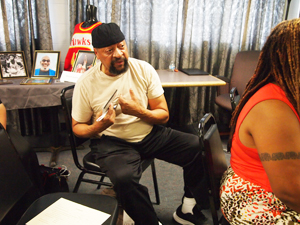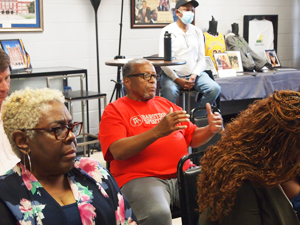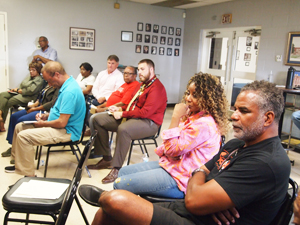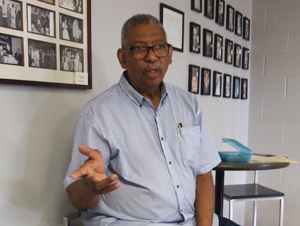
By Dawn Scotland
The Truth Reporter
The African American Legacy Project, led by executive director Robert Smith, held a community engagement session July 17 at 1326 Collingwood Ave. The meeting was a follow-up to the organization’s recent trip to Columbus, Ohio’s historic King Lincoln District. The AALP is preparing to lead the effort to create a historic district along what was once the Toledo’s Black Wall Street – The Dorr Street Corridor.
About 20 people attended the follow up meeting arranged by the AALP to get feedback and community input regarding the creation of the historic district. Historically, Dorr Street was the hub of Black life in Toledo, featuring over 400 black owned businesses as well as residential homes before being destroyed by the urban “removal” policies of the 1970s.
The Legacy Project is in its 20th year of preserving the history of Black Toledo. Previously the organization has established the African American Sports Hall of Fame, commemorating the accomplishments of Black athletes in the area as well as establishing an ongoing Legacy Banquet inducting Black community leaders and luminaries into its esteemed Legends Hall of Fame.
The organization has also shed light on the he Black baseball presence here in Toledo, of which Toledo had three Negro League Teams, with an historic marker in 2021, among the organization’s many other projects preserving our history.
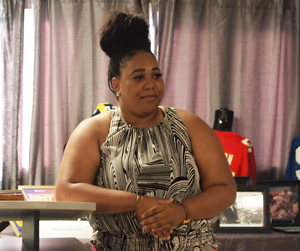
Forty- eight people traveled on the bus trip to Columbus on July 10. They met speakers, key stakeholders and leaders in the King Lincoln District and engaged in tours of the district including the theatre. The King Lincoln district has been revitalized over the past three decades, becoming a thriving center of Black life for a new generation.
In Columbus, as in much of the country, former Black business districts across the USA became mere skeletons of their former selves. In Toledo, many of the businesses and homes, but not all, were completely razed because of urban renewal. Through education, documentation and planning, the Legacy Project seeks to preserve its past and rebuild for the future.
The community discussion last week was facilitated by Tessa Scott, program manager of Multicultural Programming at the University of Toledo. Guests included government representatives, community leaders, urban planners, neighborhood members, Black media and other stakeholders.
Attendees shared their experience visiting Columbus, the highlights as well as the wisdom received and how to apply the successes of Columbus to Toledo.
“We have to be diligent; it’s not going to be easy,” stated Ray Woods, former president of the Toledo Branch NAACP. “We have to stay focused, we have to try to incorporate the entire community… The African American community has to step up and join in this together. We can’t depend on or expect someone else to see what our vision is, to see what our focus is, we have to make sure that we are steadfast and its’ not going to happen overnight.”
Members shared the need to unify as a Black community to get the project completed and that the vison is long term.
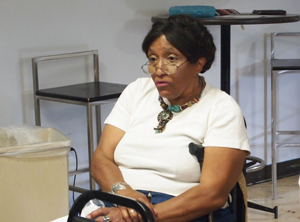
Those present were asked questions regarding next steps in the process, including what possible stakeholders should be a part of the initiative. Guests were asked to share their ideas on sticky notes that were then read aloud to the group.
Ideas of possible stakeholders included but were not limited to the city, state and county governments, developers, banks, local businesses, local universities, churches, Toledo Public Schools and residents.
“The vision is to take the Columbus model and use history to help change the trajectory of our community… in addition we want to be able to stimulate economic growth development, “stated Smith.
The Legacy Project will continue to engage the community further regarding the future historic district in Toledo’s Dorr St. Corridor.
To learn more about the African American Legacy Project visit the AfricanAmericanLegacy.org.

